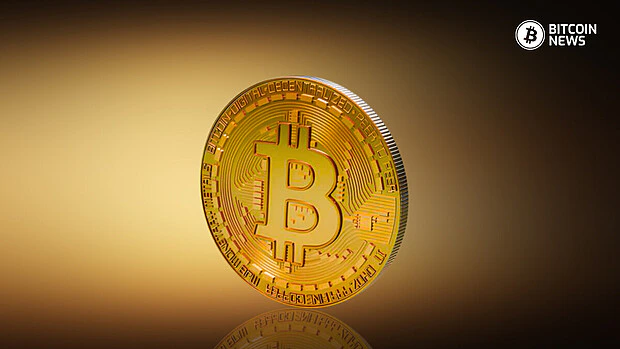Bitcoin is often a topic of fascination and mystery. As many people are still unfamiliar with its concept and the financial implications it brings, the question “What does Bitcoin look like?” might be one of the first questions people ask.
Since Bitcoin is a digital ledger, it doesn’t have a physical form, but it manifests in various ways that we can perceive and interact with.
Bitcoin is purely digital. Unlike traditional currency, it doesn’t exist in a physical form like coins or banknotes. Instead, bitcoin exists as a record on a decentralized digital ledger called the blockchain.
This ledger is maintained by a network of computers around the world, each of which has a copy of the entire blockchain.
Despite its intangible nature, Bitcoin is often represented visually in a few distinct ways.
The Bitcoin Symbol
The most common visual representation of Bitcoin is its symbol, a stylized letter “B” with two vertical lines through it (₿).
This symbol is widely recognized and is used in digital interfaces, wallets, exchanges, and various media. The symbol is usually depicted in gold or orange colors, symbolizing its value as the digital gold.
Graphical Symbols
For illustrative purposes, bitcoin is often depicted as a physical coin in various digital art forms. These graphical representations show a coin-like object, usually golden, with the Bitcoin symbol embossed on it.
While these images help people visualize bitcoin, they are purely artistic renditions and do not represent the actual digital currency.
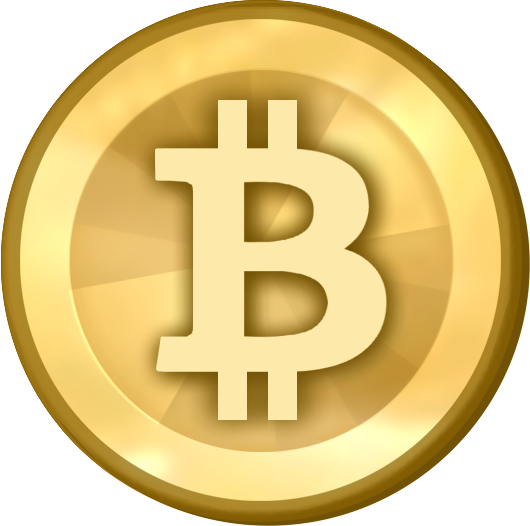
To get a glimpse of Bitcoin in a more functional sense, one can look at the blockchain itself. Blockchain explorers like Blockchain.info or mempool.space allow users to see real-time transactions and blocks being added to the chain.
There, Bitcoin “looks” like a series of transaction records, each with a unique identifier, timestamp, and amount transferred.
Bitcoin also “looks” like a series of addresses and wallets. A Bitcoin address is a string of alphanumeric characters that represent a destination on the Bitcoin network.
Wallets, which can be software or hardware, show balances, transaction histories, and other relevant data. The user interfaces of these wallets often use the Bitcoin symbol and color schemes associated with Bitcoin.
What Does Bitcoin Look Like in the Physical Realm?
Bitcoin, has several physical representations that reflect its significance and culture. Casascius Physical bitcoins are tangible coins with a private key hidden under a tamper-evident seal and a visible public address.
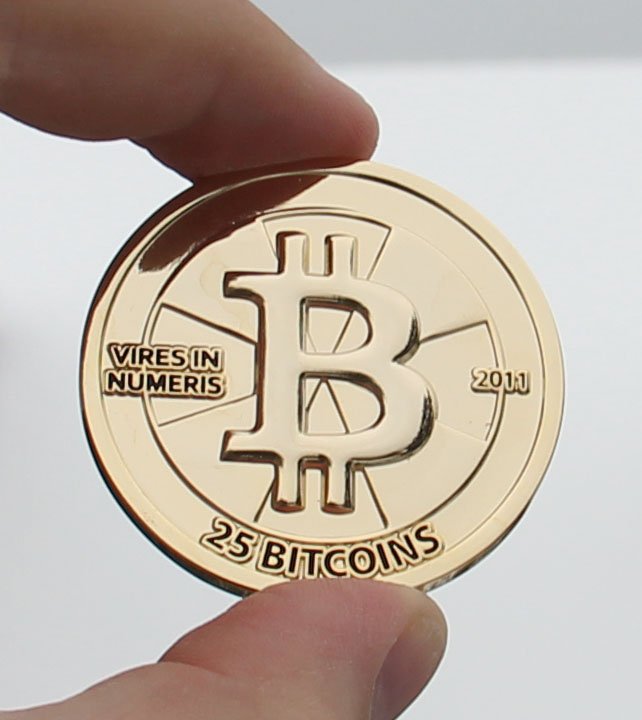
Related: Evolution of Physical Bitcoins
Artists globally have embraced Bitcoin in their work, creating paintings, sculptures, and digital art. These often explore themes of decentralization and financial transformation and can be found at Bitcoin conferences, galleries, and private collections.
Bitcoin-themed merchandise, such as T-shirts and hats, allows enthusiasts to express their support. These items typically feature Bitcoin logos, slogans, and imagery linked to the Bitcoin community.
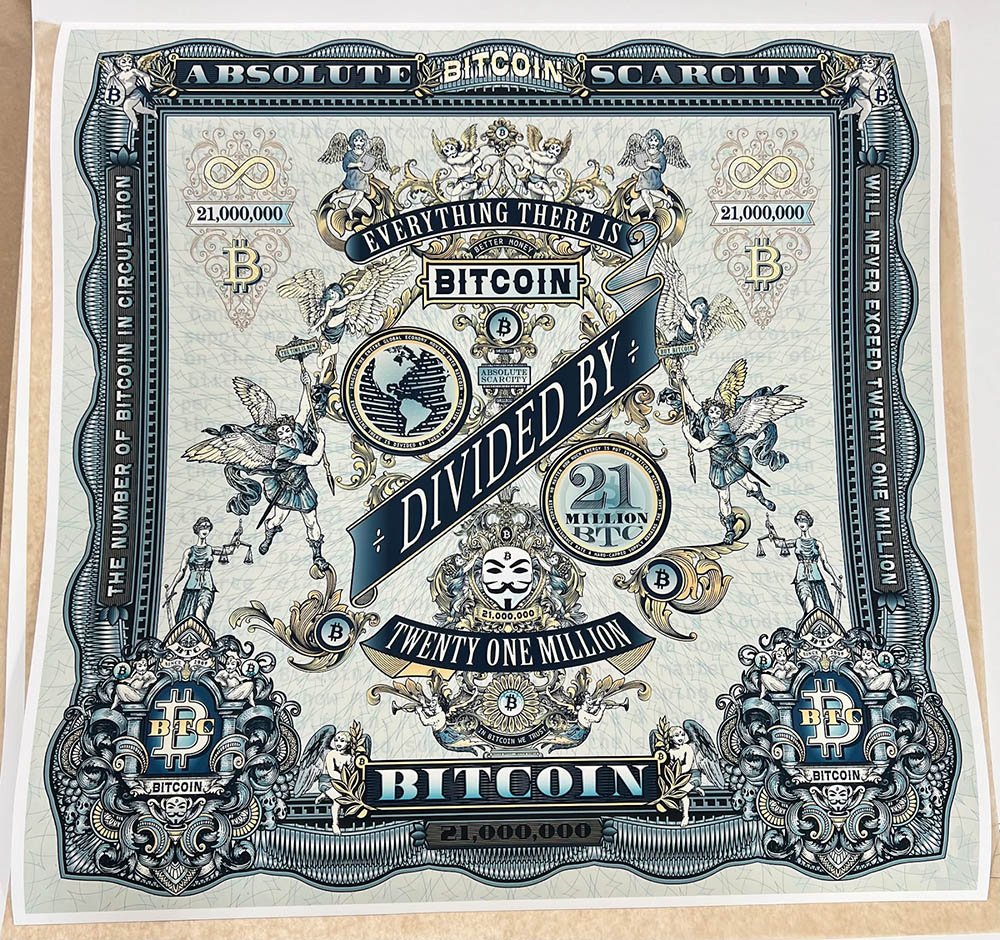
There are also monuments and statues, like the bronze statue of Satoshi Nakamoto in Budapest, symbolizing Bitcoin’s societal impact and revolutionary potential.
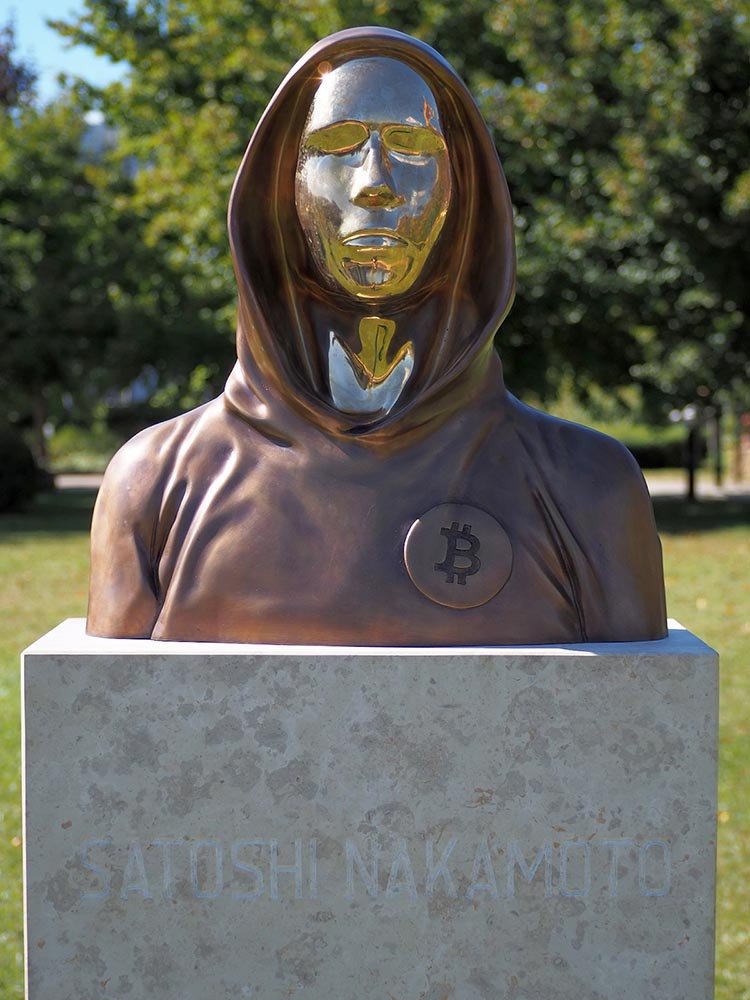
There are also books about bitcoin, helping the readers get a better grasp on the concept of Bitcoin. Books such as “The Bitcoin Standard” by Saifedean Ammous and “Digital Gold” by Nathaniel Popper are available in physical formats, spreading knowledge about Bitcoin’s technology and impact.
Another symbol of Bitcoin are the ASIC mining devices. These computers, designed specifically for mining Bitcoin, have become a global representation of the digital asset.
They represents the physical infrastructure supporting the Bitcoin network. Mining farms filled with these devices are a tangible aspect of Bitcoin’s decentralized network.
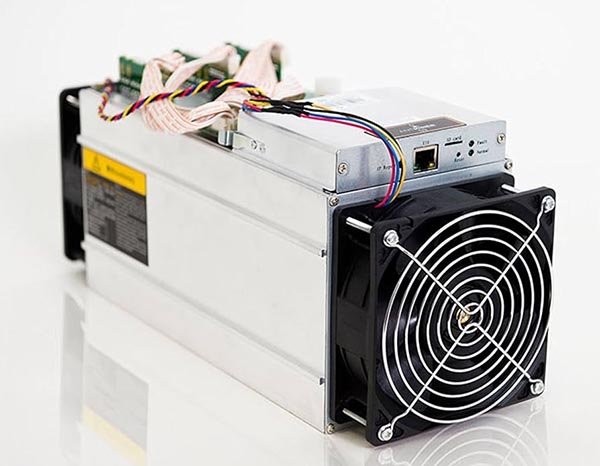
These physical representations provide a tangible connection to Bitcoin, promote awareness, and contribute to the culture and identity of the Bitcoin community. As Bitcoin gains traction, these representations will continue to grow, bridging the digital and physical worlds.
Conclusion
So, what does Bitcoin look like? It looks like a symbol, a series of digital records, a collection of alphanumeric addresses, and even a hardware device.
Its appearance can be as abstract as a digital ledger entry or as tangible as a hardware wallet. Bitcoin’s lack of a physical form is part of what makes it revolutionary—it exists and operates in the digital realm, reshaping our understanding of value and money in the process.

